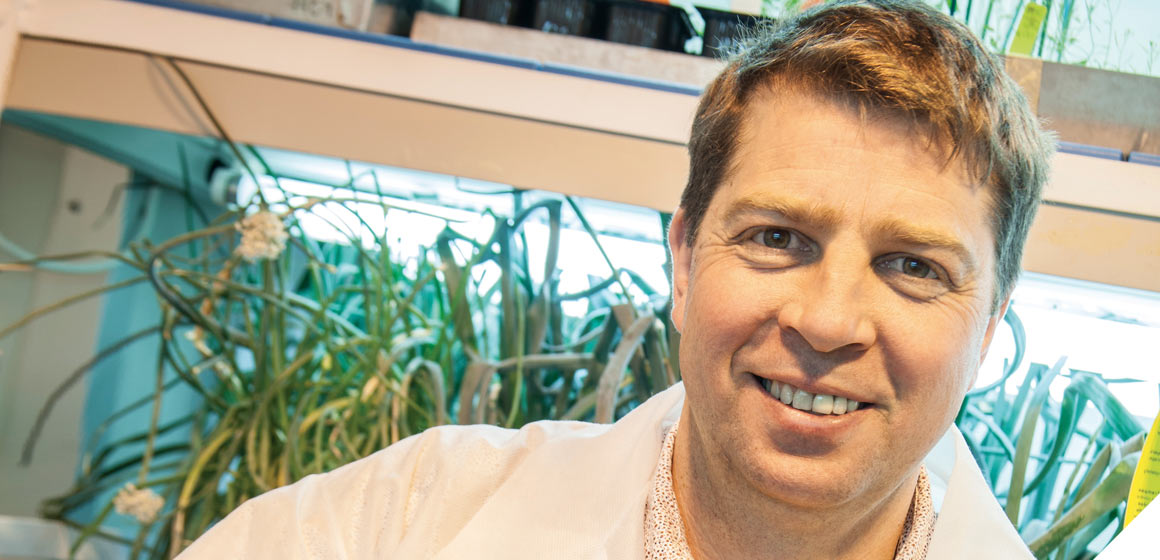 Monday 3 February 2014 3:52pm
Monday 3 February 2014 3:52pmOtago research on how legumes regulate when to flower should help in the development of new plant varieties.
Dr Richard Macknight (Biochemistry) is undertaking research that aims to discover how legumes, such as peas, use seasonal changes in day length and temperature to precisely control their flowering time, and to understand how this process has evolved to allow natural populations to grow in new geographical regions.
Macknight says when early farmers took ancient pea varieties from the Mediterranean region and tried to grow them in Northern Europe, there was one crucial genetic mutation in one plant that made it flower early, which was essential for peas to thrive in the shorter days and lower temperatures in the north.
"Every seed after that must have come from this one plant with a change in its flowering conditions," he says. "So we compared the sequence of different genes between those ancient varieties that are still about and don't flower under the shorter day-length conditions with the varieties that do flower under the shorter day-length conditions. One of the key differences is that the plants that flower early seem to have a different internal clock.
"Instead of having to plant out huge fields and selecting the right breeding plants on outward appearance, our aim is for plant breeders to be able to select at a genetic level by looking at the DNA."
"In any breeding programme you want to integrate a number of things – you might want to have a plant that is disease resistant or has a great yield – but it also has to flower at the right time of year for particular local conditions.
"By understanding the genetic differences between the different plants you can more quickly bring those genes into the modern cultivated varieties and you can then more quickly get a plant that is adapted to flowering at the right time under specific local conditions.
"A modern breeder is not much different from farmers thousands of years ago in terms of finding something that looks good and collecting seed from it. Instead of having to plant out huge fields and selecting the right breeding plants on outward appearance, our aim is for plant breeders to be able to select at a genetic level by looking at the DNA.
"Macknight says that while the research focuses on legumes, he hopes the knowledge will be useful in the development of new varieties of crops such as apples and kiwifruit, not only by developing varieties that are more suited to different areas, but also by speeding up the flowering time so that breeders don‚'t have to wait for several years for plants they are developing through cross-breeding to flower.
Funding
- Marsden Fund
- University of Otago Research Grant
